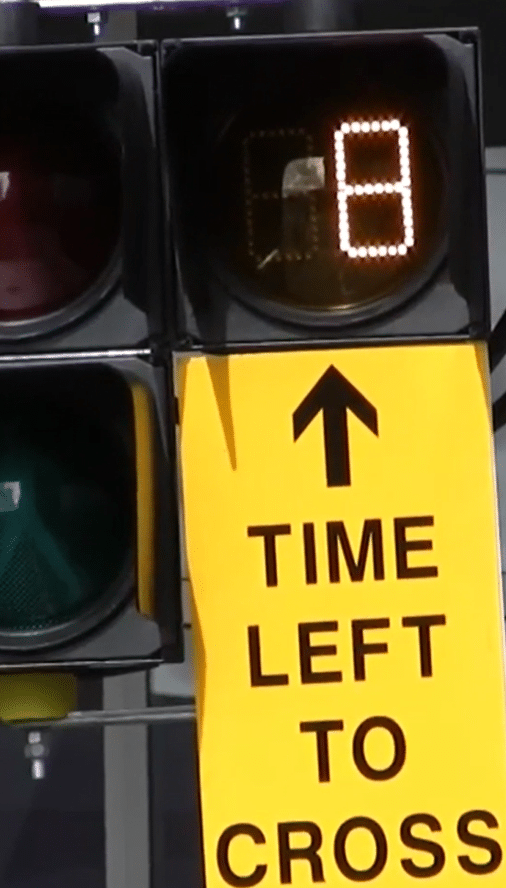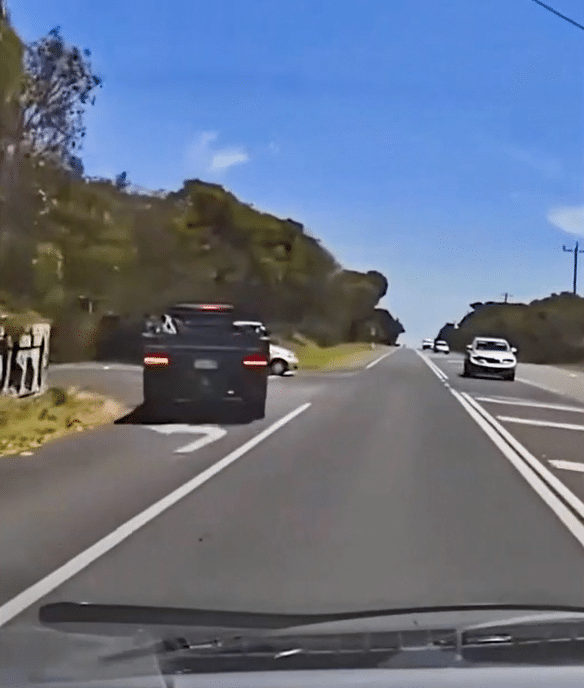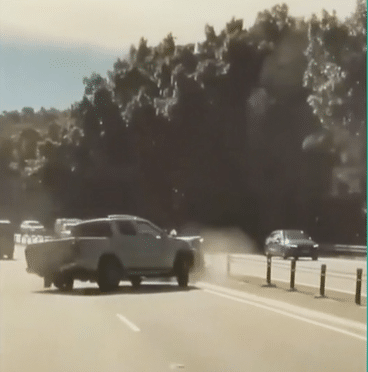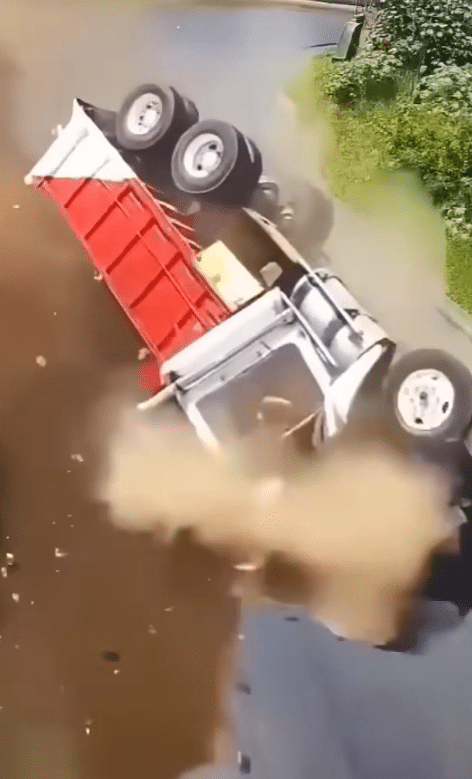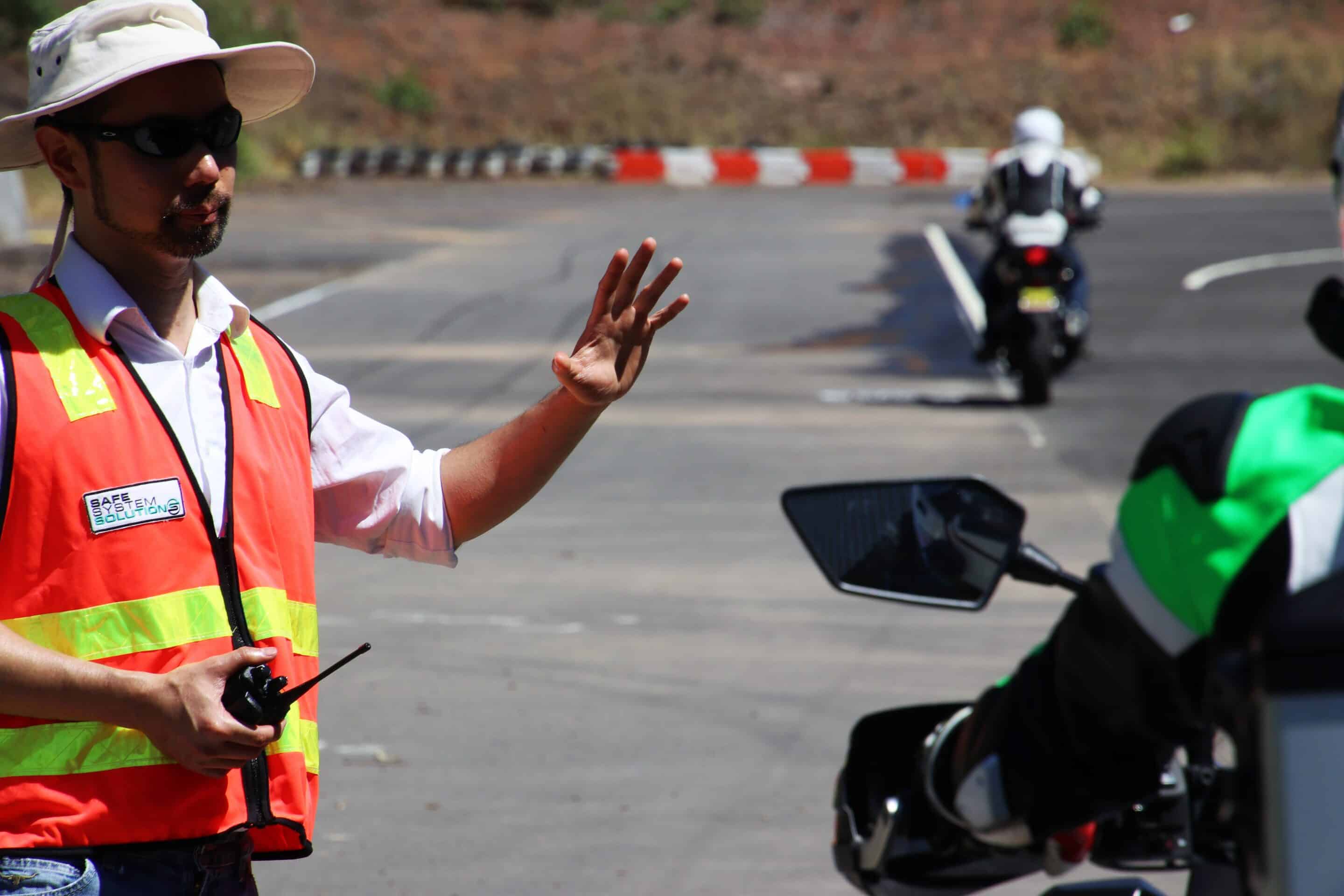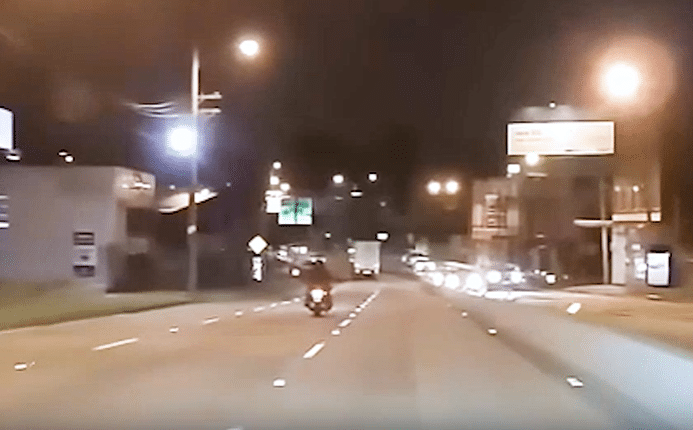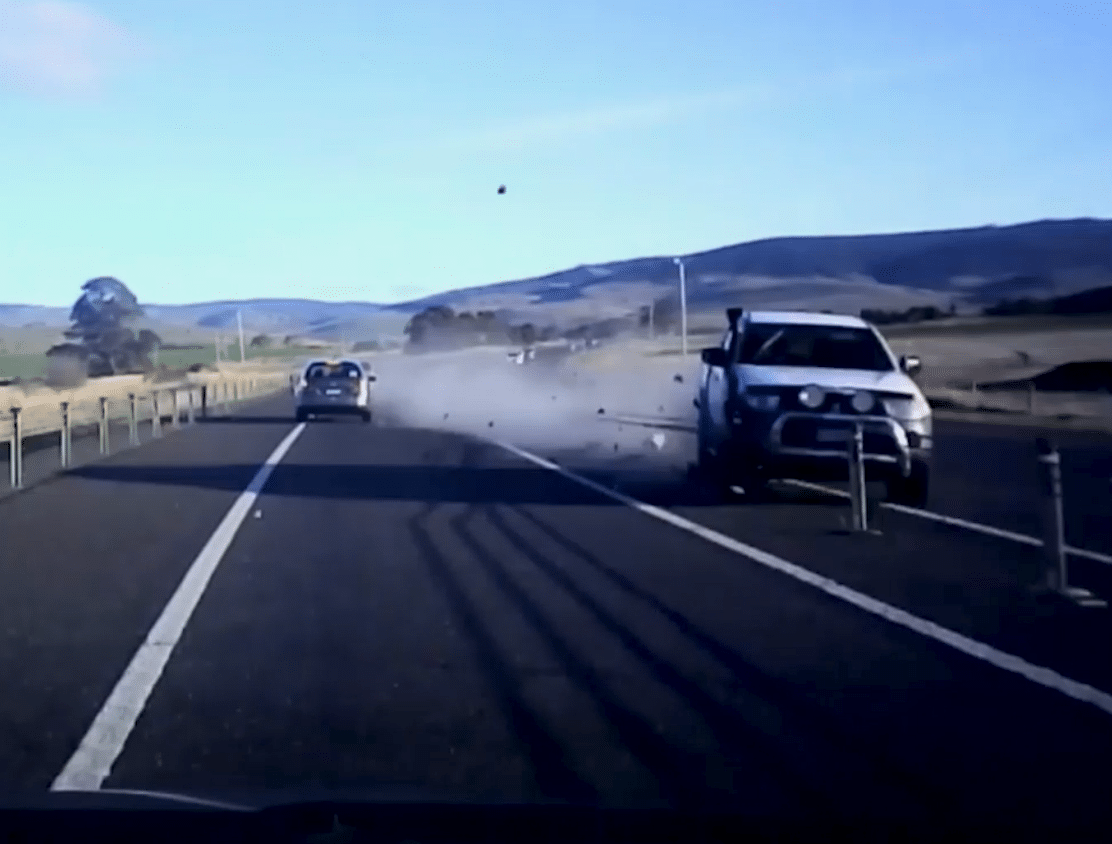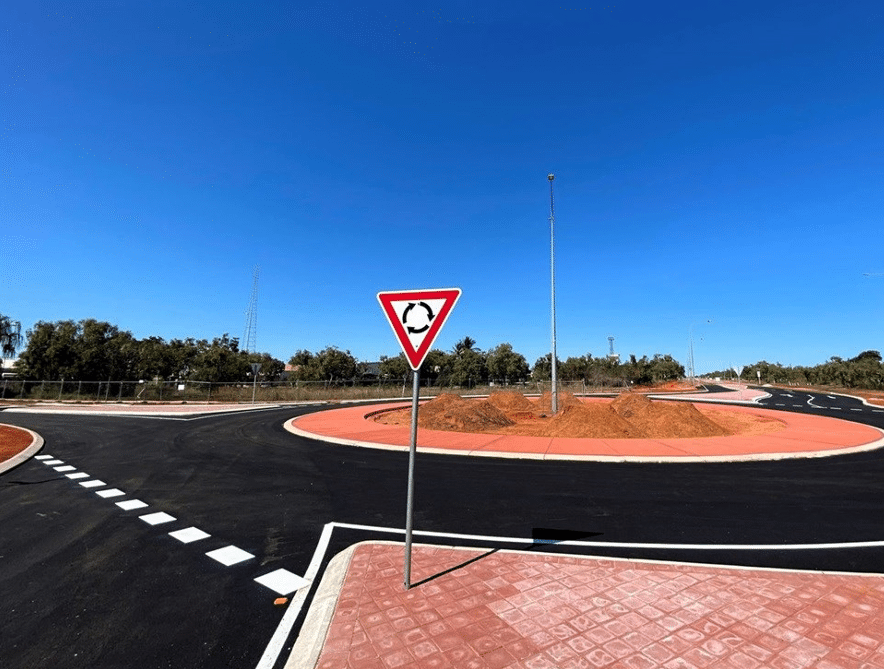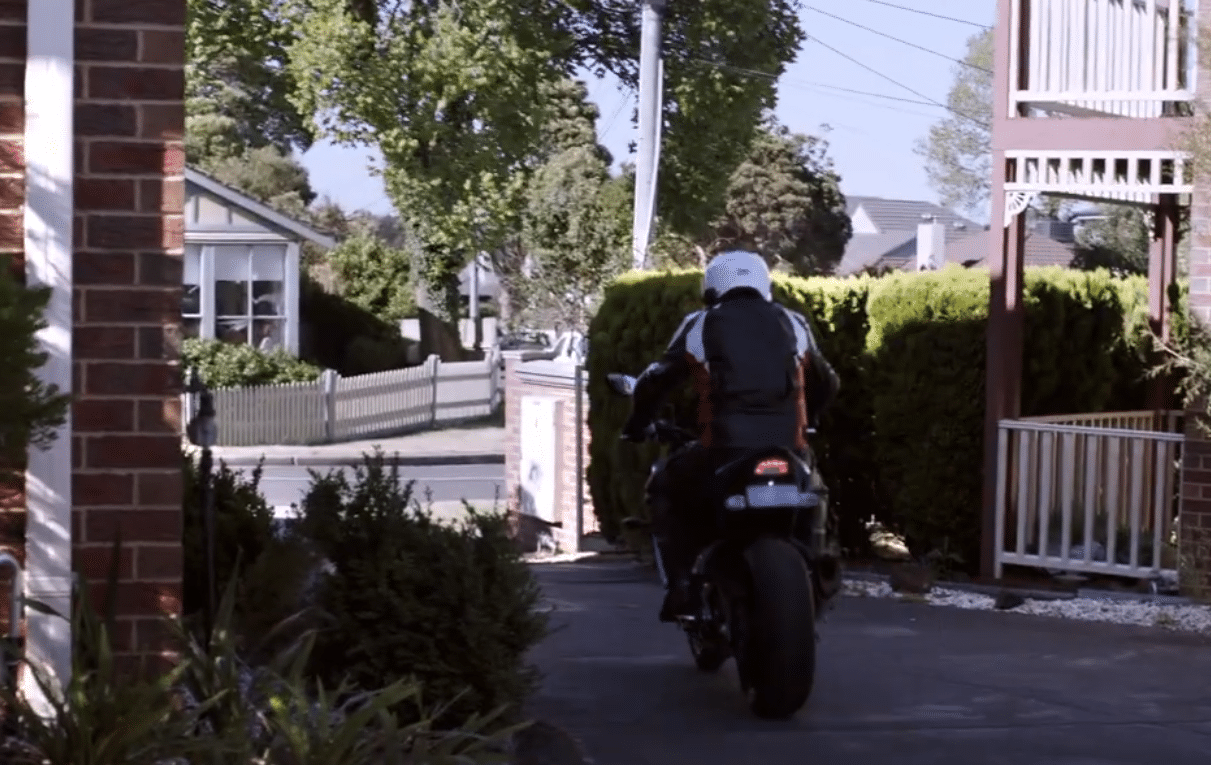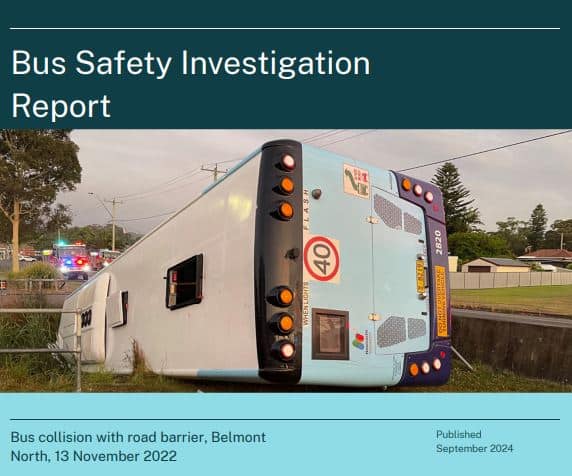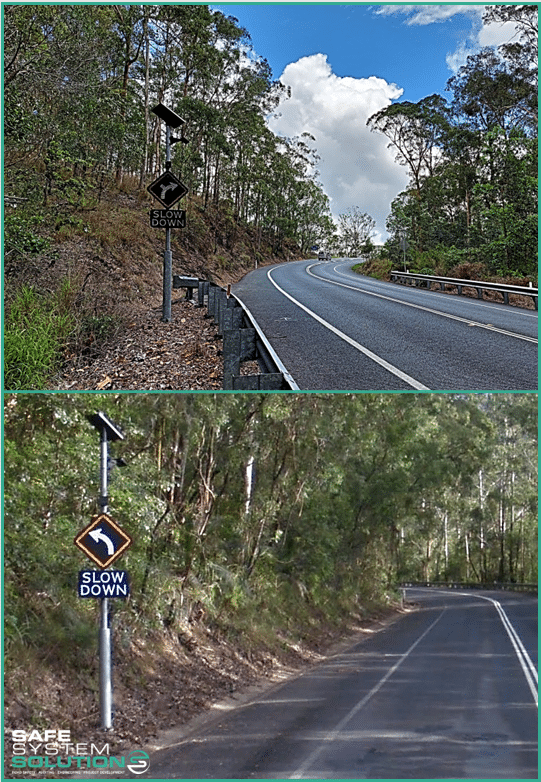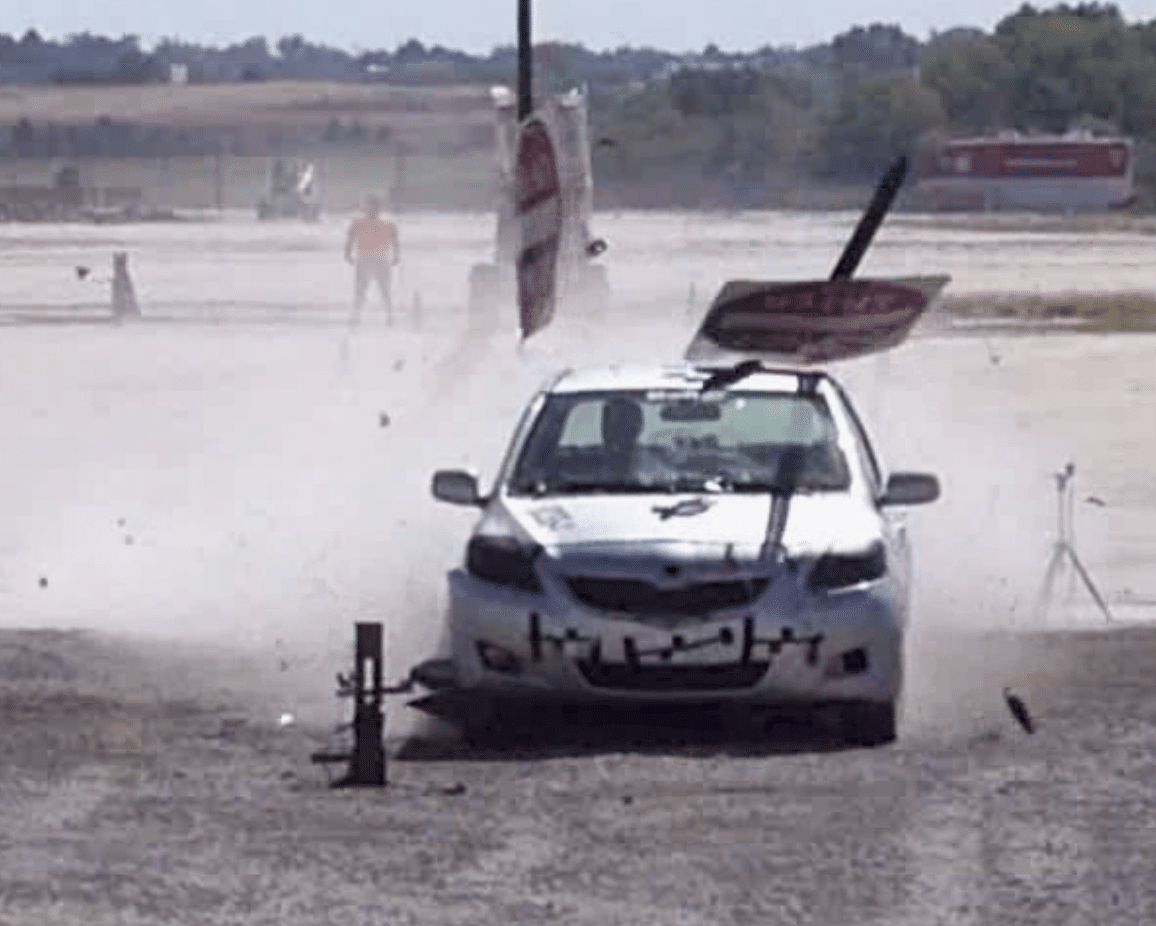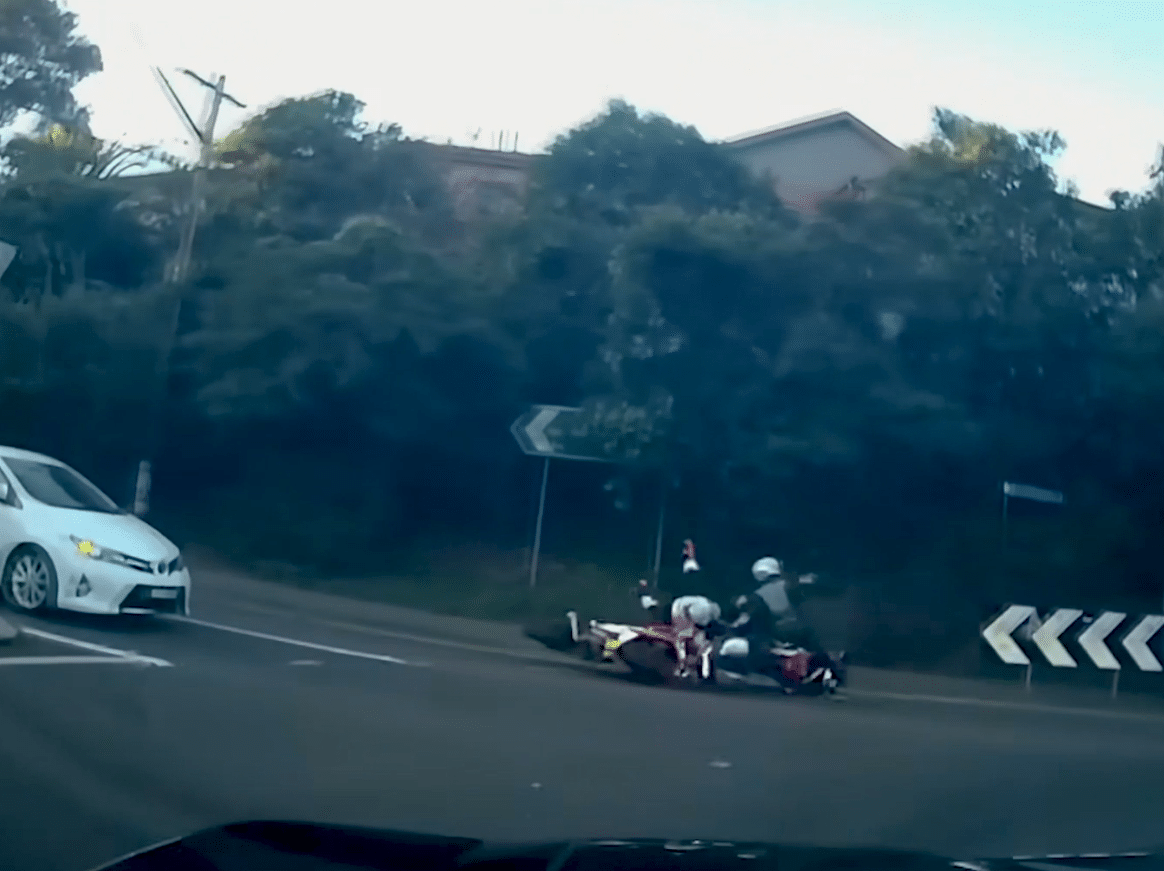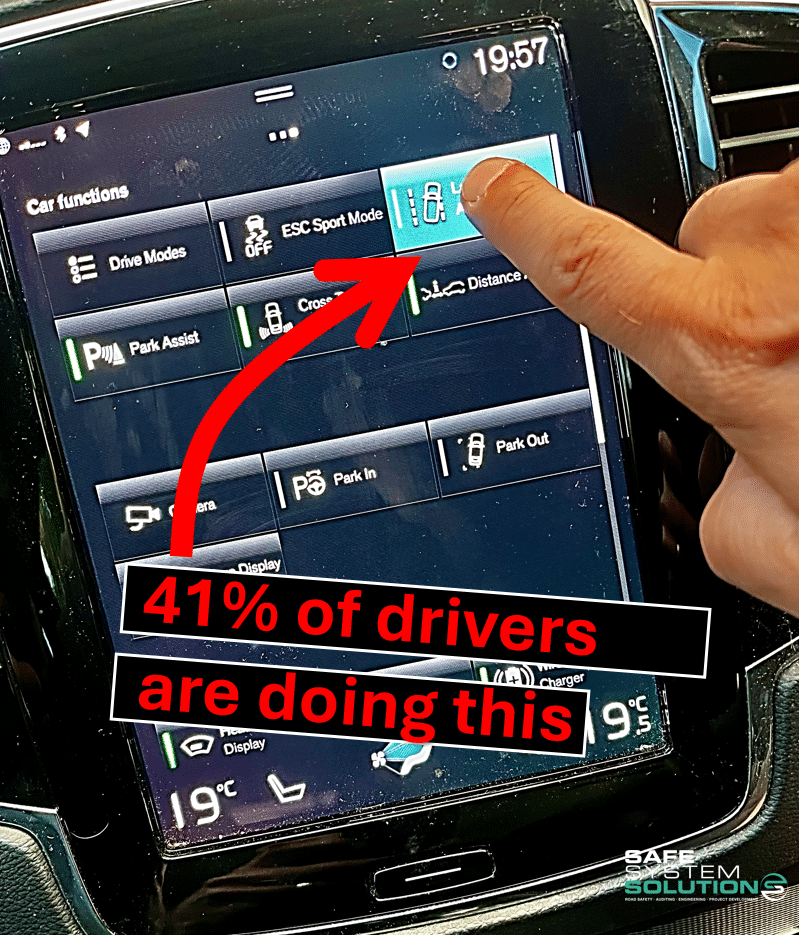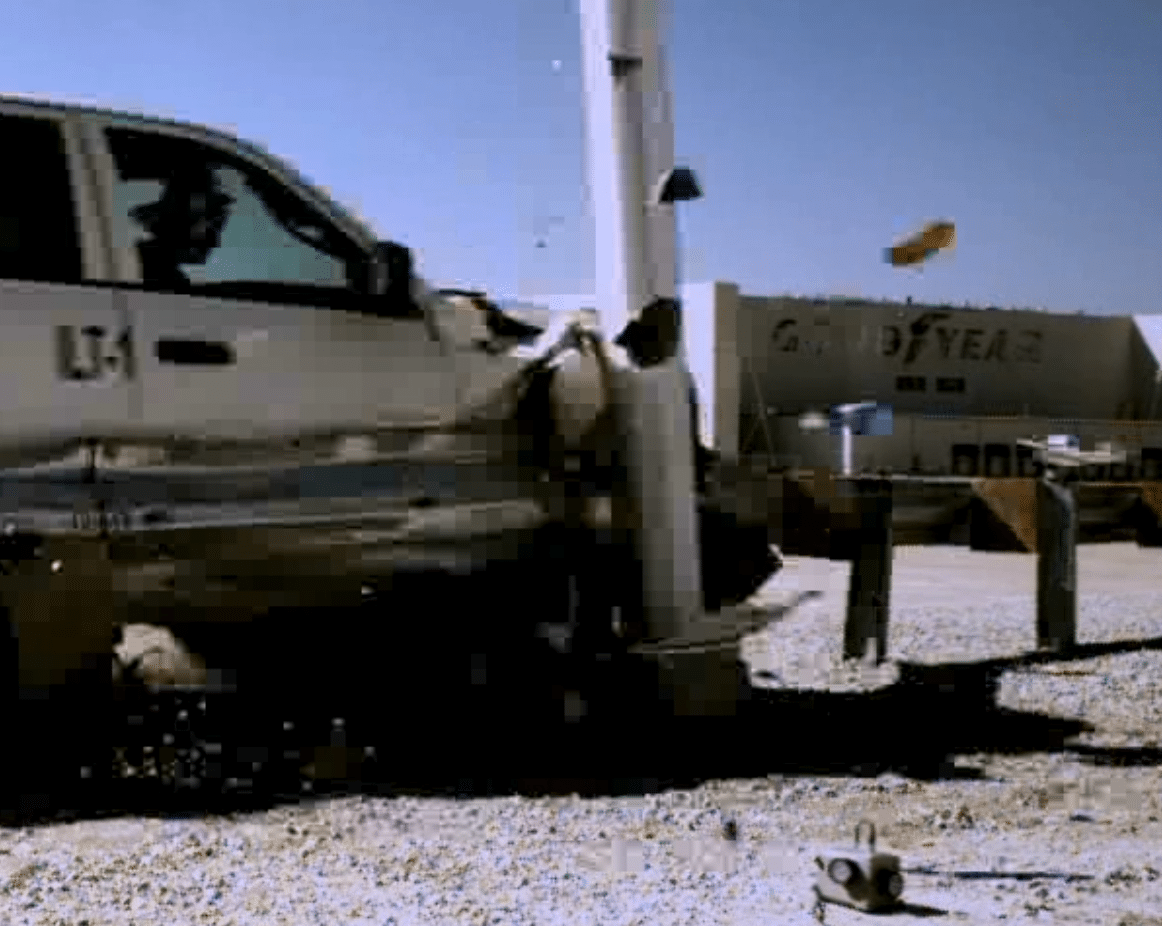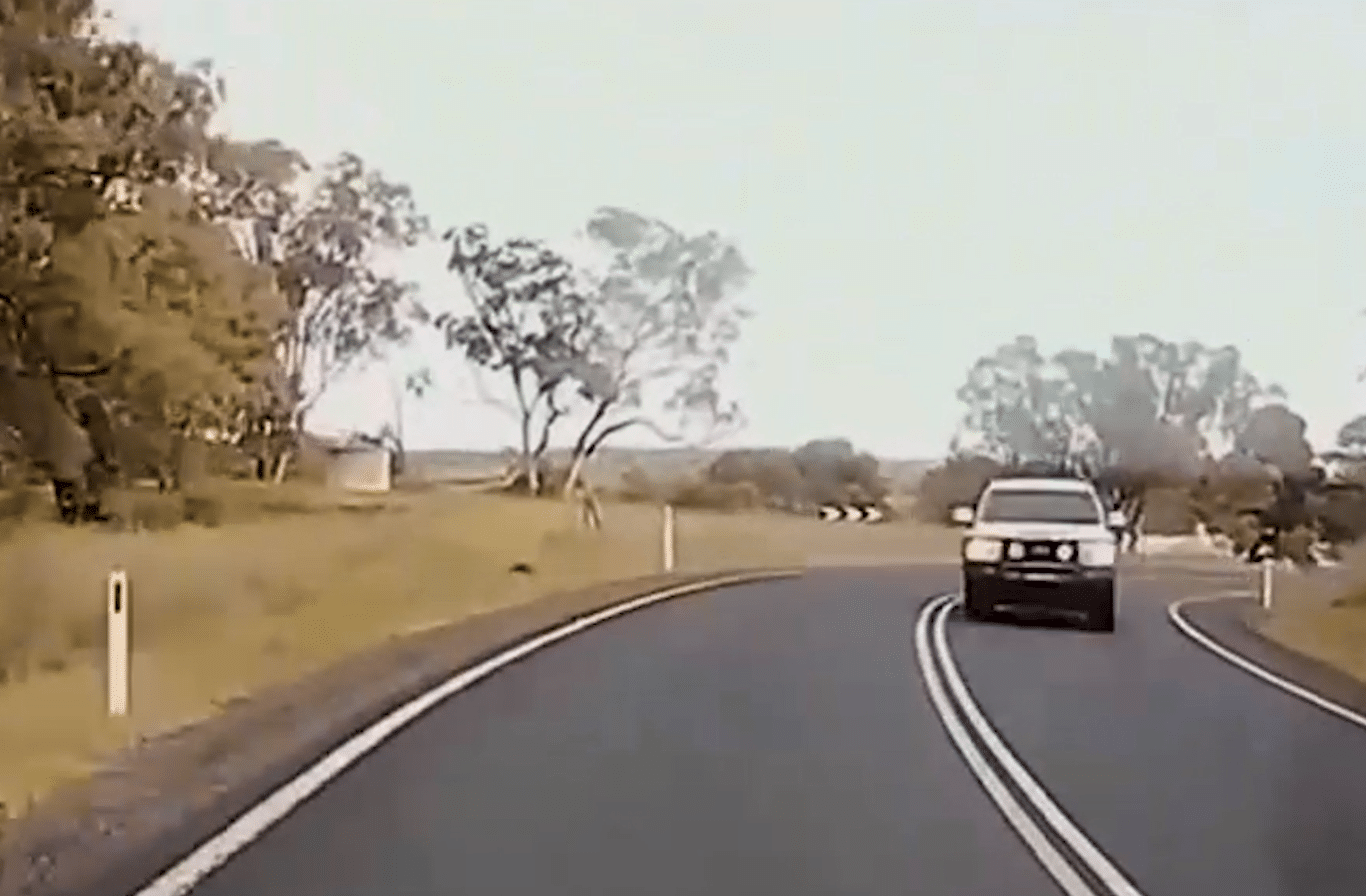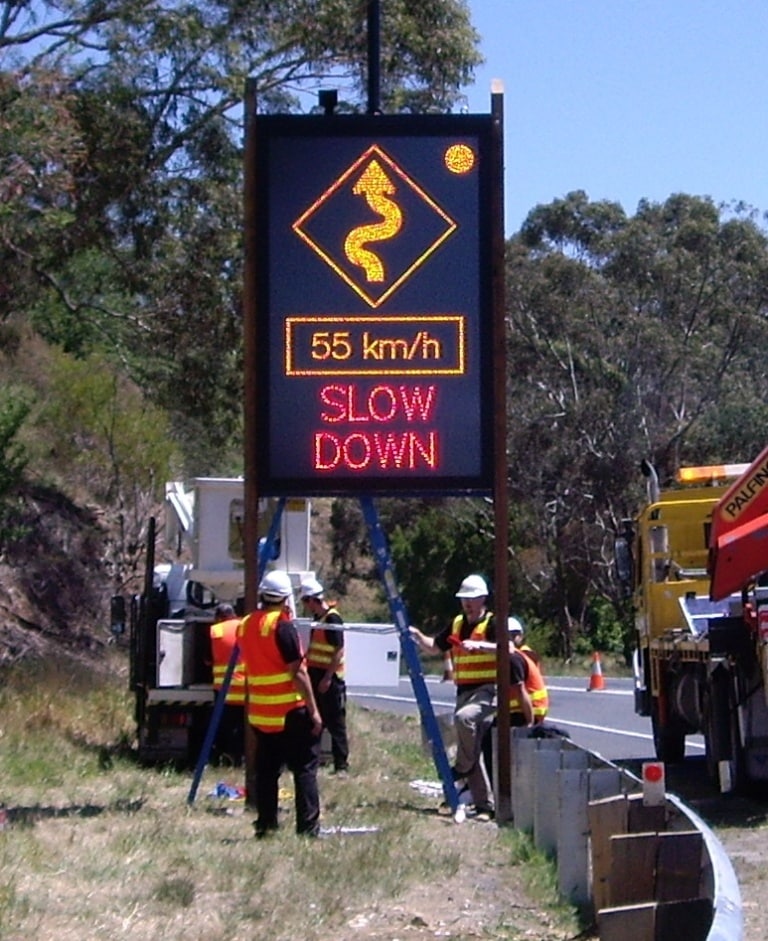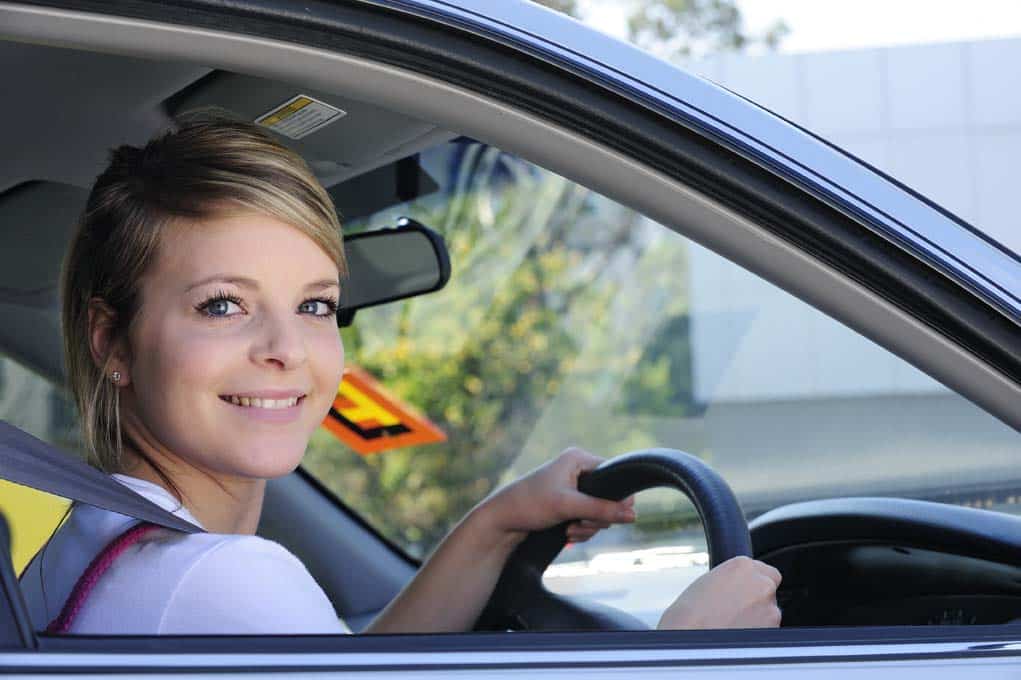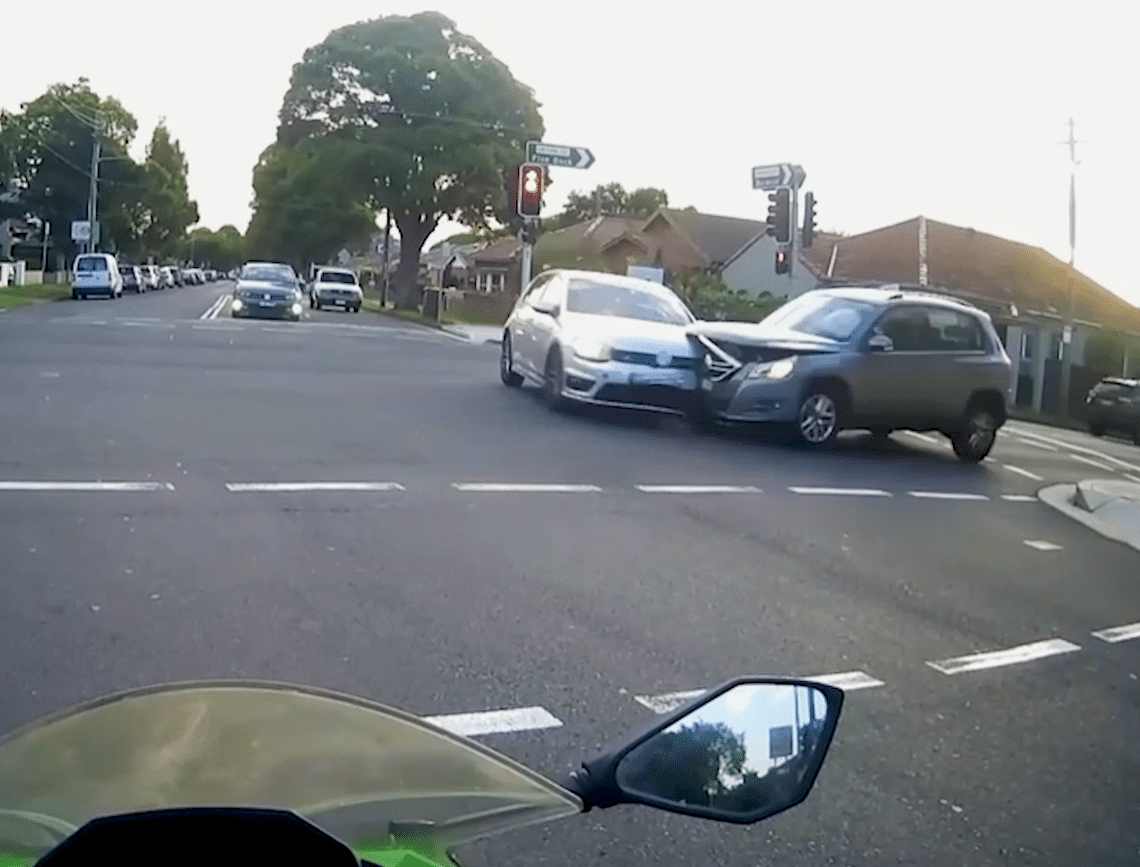Latest News
Safe System Solutions marks 1,500th Road Safety Audit
Safe System Solutions recently celebrated a major milestone: our 1,500th Road Safety Audit! While each of these audits has been fascinating in its own way, this one stood out as particularly unique. Why? Because it involved assessing the safety impacts of projecting...
Safe System Snippet 411: Pedestrian countdown timers – benefits and challenges
First gaining popularity in the early 2000s, pedestrian countdown timers are now widely implemented worldwide. These devices integrate a countdown display with pedestrian signals, showing the seconds remaining for pedestrians to safely complete their crossing. ...
Safe System Snippet 410: Dynamic visual obstruction
Dynamic visual obstruction is the term for when a moving vehicle blocks another road users’ sightlines. Austroads Guide to Road Design Part 4A now includes a section on Offset Rural Channelised Left Turn Treatments. This was added as part of the 2023 update in...
Safe System Snippet 409: Selecting the right barrier system
What begins as a simple drift-off lane departure can quickly escalate into a higher-angle cross-median crash. The angle at which a vehicle impacts a barrier significantly affects the energy transferred to occupants during the crash. Flexible barrier systems are...
Safe System Snippet 408: Managing Load Transfer Ratio
Load Transfer Ratio (LTR) plays a crucial role in vehicle dynamics, describing the distribution of weight shifting between tyres during manoeuvres such as cornering, braking, or accelerating. Properly managing LTR is vital for ensuring stability on the road. Several...
The role of expert witnesses in motorcycle crash cases
Safe System Solutions offers transport and road safety expert witness services and litigation support across Australia, including specialist expertise in motorcycle crash cases. The role of an expert witness is to help the court understand the complex factors...
Safe System Snippet 407: Motorcyclists crashing with barriers
When motorcyclists crash into barriers, one of two things will be happening (according to the University of NSW): ~50% are already off the bike, sliding along the ground, colliding with the base of the barrier system. The other ~50% are still on the bike, trying to...
Safe System Snippet 406: Preventing errors from becoming tragedies
Humans make mistakes—that’s just a reality. But our roads need to be forgiving, so when those mistakes happen people are not killed or seriously injured. That’s why median barriers are so important: they’re literally life-saving. While we will continue to work to...
Safe System Snippet 405: Rural Roundabouts: A Proven Safe System Solution
Roundabouts are a well-known rural Safe System treatment, and for good reason. They reduce crashes and crash severity by slowing vehicles on approach, reducing conflict points, and ensuring any collisions happen at safer angles compared to right-angle crashes. That’s...
Safe System Snippet 404: Motocycle protective gear
“Protect Your Entire Body on Every Ride” - valuable advice from the Victorian Transport Accident Commission (TAC) regarding motorcycle protective gear. While wearing a helmet is the only legal requirement, it’s simply not enough. Covering your entire body can make a...
Safe System Snippet 403: The importance of a whole of system approach to road safety barriers
The recent Bus Collision with Road Barrier Report from Belmont North highlights the critical role of road safety barrier design, choice, delineation, and end terminals in preventing serious injuries. The incident revealed that the sloped leading edge of the barrier...
Safe System Snippet 402: Vehicle Activated Signs can reduce intersection crashes by up to 65%
At Safe System Solutions, we’re proud to have led the Austroads project that developed a series of fact sheets to support regional road safety. This one focuses on Vehicle Activated Signs which are an effective tool to enhance safety at priority-controlled...
Safe System Snippet 401: Signpost frangibility
Signposts should be designed to be frangible, meaning they fracture, break away, or bend upon impact to reduce damage to vehicles and the risk of injury to occupants. Smaller signs use posts that deform easily, while larger signposts are equipped with mechanisms that...
Safe System Snippet 400: Motorcycle-to-Motorcycle Crashes: Key Insights and Simple Solutions for Safer Group Rides
In Australia and New Zealand, most motorcycle crashes involve a single vehicle losing control, or cars failing to yield to motorcyclists at intersections. Thankfully, motorcycle-to-motorcycle crashes are rare - though they happen more frequently in group rides, where...
Are we switching off to ADAS technology and its benefits?
By Dr Tana Tan Research and Evaluation Lead | Safe System Solutions Advanced Driver Assistance Systems (ADAS) play a key role in the Safe System approach to road safety – but what can we do to ensure drivers don’t ‘switch off’ to these features? ADAS provides drivers...
Safe System Snippet 399: Slip-based light poles in the deflection zone of barrier systems
Across Australia and New Zealand, there are varying views on the placement of slip-based poles within the deflection zone of barrier systems. Historically, the consensus was clear: don’t do it – we don’t know how it will function, thus it’s not acceptable. However,...
Safe System Snippet 398: Cross centreline crashes
At first glance, central barrier systems might seem like they're only there to prevent head-on collisions. But they actually do much more. These barriers reduce both right and left run-off-road crashes. A minor distraction or a fatigued driver drifting slightly out...
Safe System Snippet 397: Vehicle Activated Signs
We've been designing, trialling, and implementing various Vehicle Activated Signs for quite some time now (photo below of some installations back in 2007 in Victoria). With advancing technology, we keep finding even more applications for these signs, including: Curve...
Humans make mistakes: why we can’t abandon this core Safe System principle
By Dr Amy Williamson Technical Lead - Safe People | Safe System Solutions In recent years, a slight philosophical division appears to have emerged among road safety professionals about how the human element is addressed in road safety. The 2024 ACRS policy position...
Safe System Snippet 396: Managing speed through signalised intersections
We can’t expect 100% of drivers to comply 100% of the time. While we’ll continue to work to lessen the amount of red-light running, it’s inevitable that some will continue to occur, and we need to think about the severity of these incidents. This crash looks to be...


